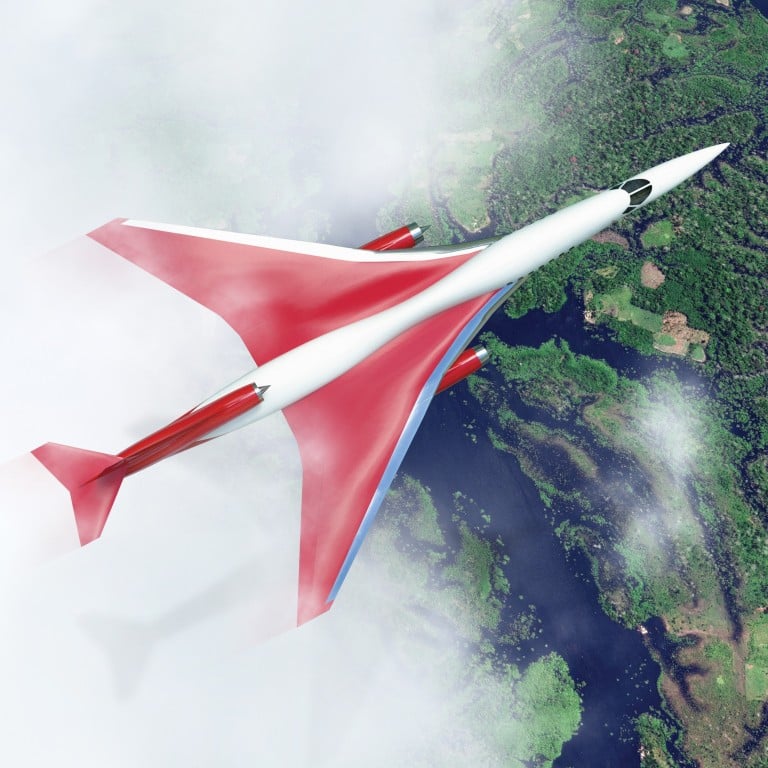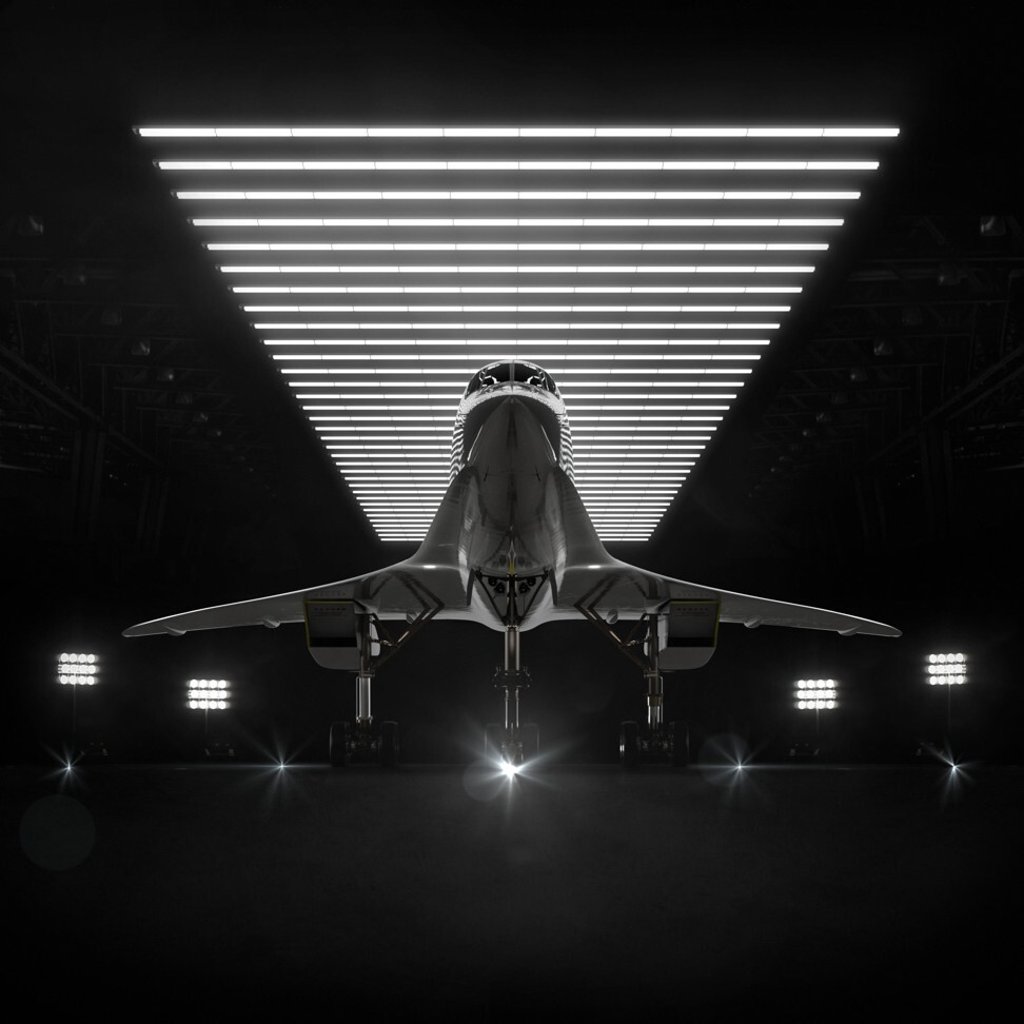Supersonic passenger planes will become a reality again soon – reducing emissions, noise and the price of faster-than-sound air travel

Succeeding where Concorde failed, next-gen supersonic planes from Aerion and Spike Aerospace tackle noise and emissions issues – and look set to push ultra-wealthy customers over the sound barrier in 7 years or less
“Things have changed,” reckons Vik Kachoria, CEO of Spike Aerospace. “A small company now has the ability to design something that once would have taken thousands of engineers at Boeing to do. But this really isn’t some kind of Star Trek leap forward. This isn’t rocket science.”
Indeed, Kachoria leaves space travel to be revolutionised by private companies such as Space X. Rather, his company is one of a small clique of start-ups looking to change the way we fly. Or, rather, to bring back what we once had: supersonic passenger transport and this time, as he puts it, “to do more to address the concerns around supersonic technology when Concorde was around”.

Spike – which has plans to introduce a supersonic business jet within seven years or so – is not alone either. Aerion is another company planning the same: it shares the belief that the growth in the numbers of the super-wealthy over recent years makes for a viable market for such an aircraft.
Then there’s Boom Supersonic, which within the same time frame plans to launch Overture, its 100-seat passenger aircraft, with the intention of offering seats at prices akin to today’s business class tickets.
“The fact is that we’re at the crossroads of what’s desirable and what’s possible,” explains Boom’s CEO Blake Scholl. The last decade or so has seen computer simulation replace prohibitively expensive wind tunnel testing; lighter, stronger and more formable carbon fibre has replaced aluminium; and the loud and dirty afterburners once needed to go supersonic have been replaced by adaptations of today’s efficient turbofan engines.
As for what’s desirable, even in a world momentarily adapted to video conferencing, Kachoria argues there remains “the need to see people face to face, to experience places first-hand – you can’t appreciate the Alps by Zoom”; and to do so without unnecessary time aloft.
To put supersonic flight into context, day return trips to many more places would be feasible, and it could perhaps halve transatlantic flight times. That could have a positive impact on business, on tourism, even – Kachoria suggests – on global GDP, as happened after the invention of the steam train, car and passenger jet. If nothing else, it returns transportation to where it used to be.

“We saw the introduction of the jet age in 1958 – we went from the Wright Flyer to the Boeing 707 in just 50 years. But then we’ve been stuck at the same speed now for more than 60 years,” as Tom Vice, Aerion’s CEO, points out. “Yet the aviation market has long seen people buying specifically to save time, and that needs addressing.”
Doing so is not without its challenges. Concorde was a commercial failure in part precisely because the sonic boom – the product of the build-up of air pressure waves at the nose of an aircraft as it passes through the sound barrier, loud enough to rattle windows at ground level – meant it was only ever regulated to fly supersonic over water.